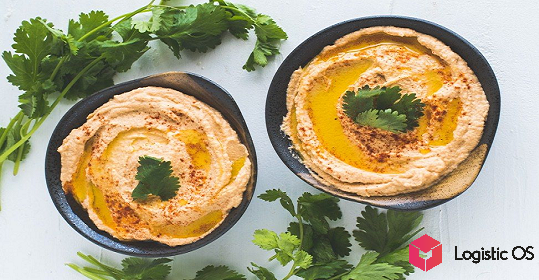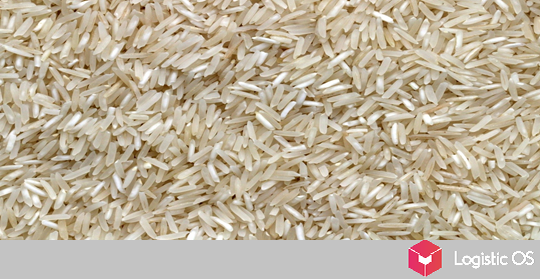Taking into account state support, the profitability of farmers’ activities amounted to 20.9% (25.6% — in 2021).
In 2021, against the backdrop of unstable weather conditions, Russia did not harvest the largest crop with rising food prices both in Russia and in the world, which led to an increase in the profitability of agricultural production.
In 2022, a record grain harvest was harvested, and basic food prices were lower, which contributed to lower profitability.
But, given the current political and economic situation in the country and in the world, the decline can hardly be considered serious — in principle, profitability has returned to the level of 2020 (21%).
In 2021, the leader in terms of profitability of agricultural production was the Southern Federal District: 39.5%. In 2022, the figure dropped to 34%.
Siberia: 24.2% (2021 – 30.3%)
Privolzhie: 19.2% (2021 – 21.3%)
Central Federal District: 19.3% (2021 – 26.6%)
Northern Caucasus: 19.3% (2021 — 26%)
The “leader” of the decline was the Far East: 6% (22.2% in 2021).
At the same time, the share of profitable agricultural companies increased in 2022:
2021 — 86%
2022 — 90%
The index of agricultural production also increased:
2021 — 99.6%
2022 — 103.5%.
Agricultural producers themselves are not so optimistic about the results of the past year: the funds spent did not pay off in the way that the farmers expected.
In 2022, prices for agricultural products decreased by an average of 25-30%.
At the same time, the cost of products and services that support the activities of agricultural producers increased by 25%.
The decrease in the profitability of agricultural production may lead to the fact that the level of technical and technological support of the agricultural sector will decrease.
For example, in 2022, agricultural machinery agrarians purchased significantly less:
Tractors: 11.34 thousand units (2021 — 14.73 thousand units)
Grain harvesters: 4.71 thousand units. (2021 — 6.59 thousand units)
Forage harvesters: 550 pcs. (2021 — 620 pieces).
Losses in profitability may also affect the availability of spare parts for the timely repair of equipment, especially foreign ones, which, according to some estimates, make up to 65% of vehicle fleets.
Parallel imports, of course, work, but prices have risen significantly over the past year.
It is to stimulate technical modernization in 2023 that the state will allocate 83.4 billion rubles.
In general, support for the agricultural industry will continue this year: it will amount to 445.8 billion rubles.
And although the preliminary amount is lower than the state support in 2022 (449 billion rubles), there is hope that, as in 2021, the budget for state support will be increased.

